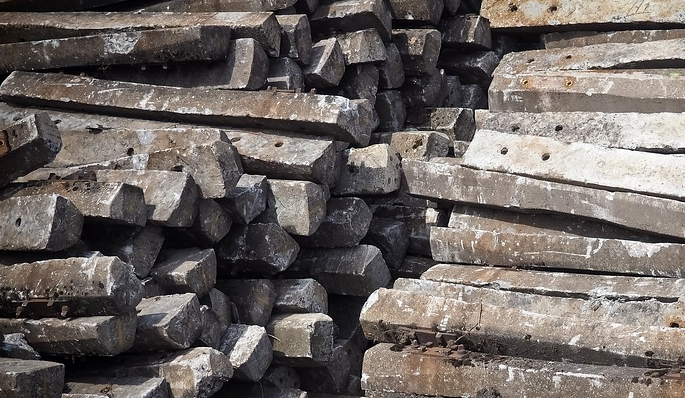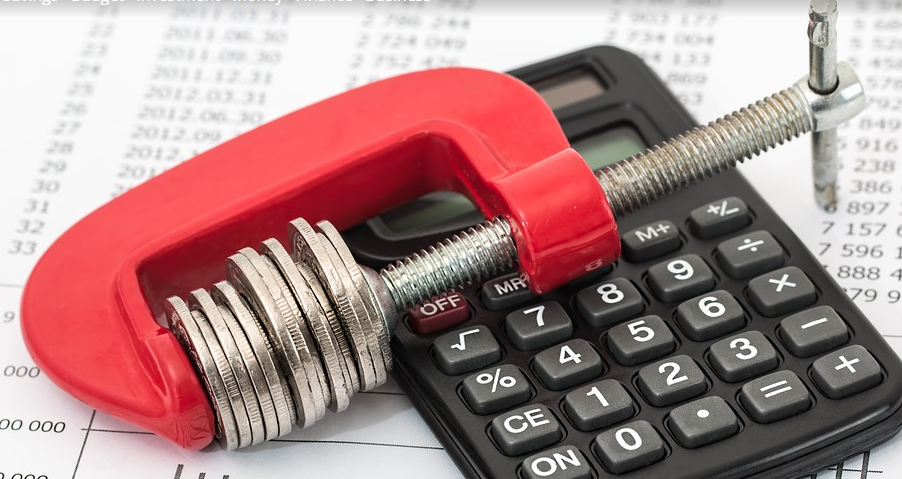Introduction to concrete recycling
Concrete recycling is a good way to protect the environment.
In almost all buildings, people can see concrete.
Because of its versatility, ease of handling, and aesthetics, its use is the most widely used in buildings.
However, it is also one of the main pollution sources in the atmosphere.
Among them, the main reason is that carbon dioxide emissions from the cement industry account for about 8% of global carbon dioxide emissions.
Moreover, the extraction of sand and gravel required to make concrete can also have a huge impact on the environment. Therefore, people protect natural resources and the environment by reducing the mining of gravel and sand.
And this method is to recycle concrete.
Next, this article gives you detailed information about concrete recycling.
Related Articles:










